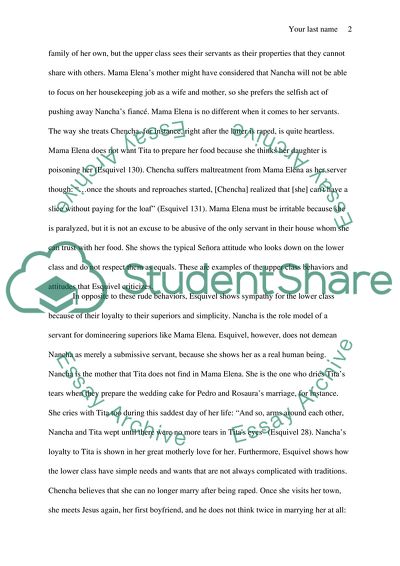Cite this document
(Class and Gender Differences in Revolutionary-Era Mexico Literature review, n.d.)
Class and Gender Differences in Revolutionary-Era Mexico Literature review. https://studentshare.org/sociology/1827901-like-water-for-chocolate
Class and Gender Differences in Revolutionary-Era Mexico Literature review. https://studentshare.org/sociology/1827901-like-water-for-chocolate
(Class and Gender Differences in Revolutionary-Era Mexico Literature Review)
Class and Gender Differences in Revolutionary-Era Mexico Literature Review. https://studentshare.org/sociology/1827901-like-water-for-chocolate.
Class and Gender Differences in Revolutionary-Era Mexico Literature Review. https://studentshare.org/sociology/1827901-like-water-for-chocolate.
“Class and Gender Differences in Revolutionary-Era Mexico Literature Review”. https://studentshare.org/sociology/1827901-like-water-for-chocolate.


